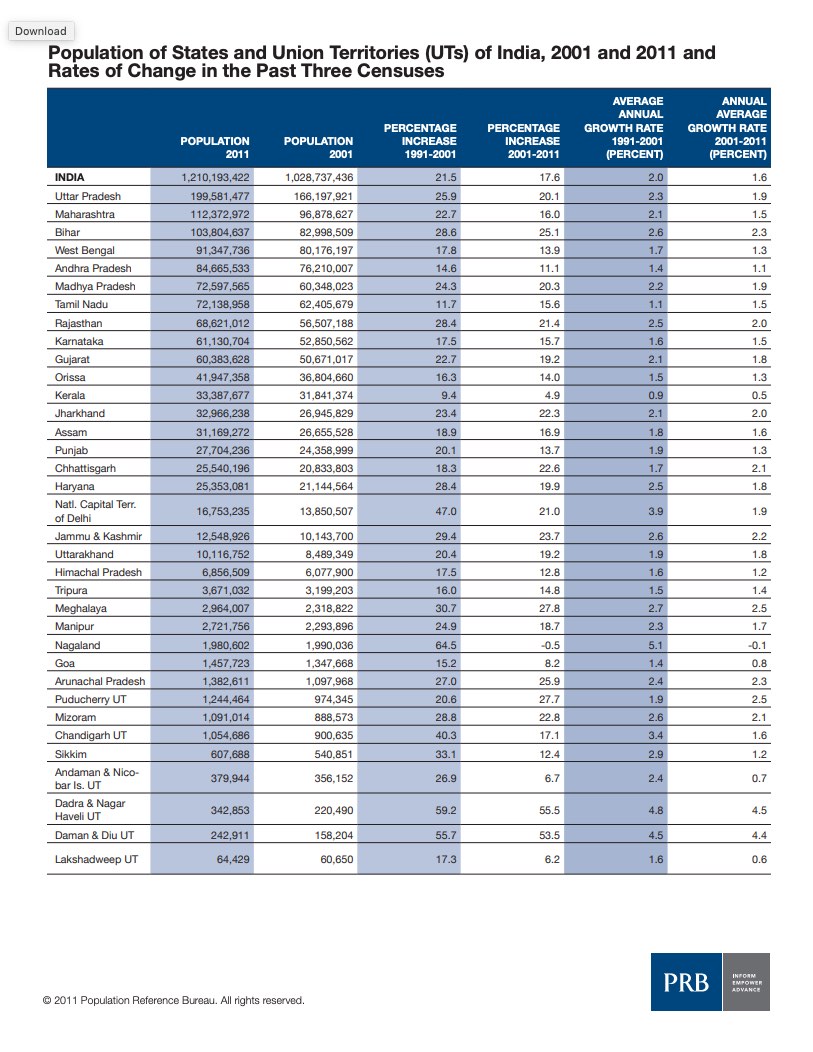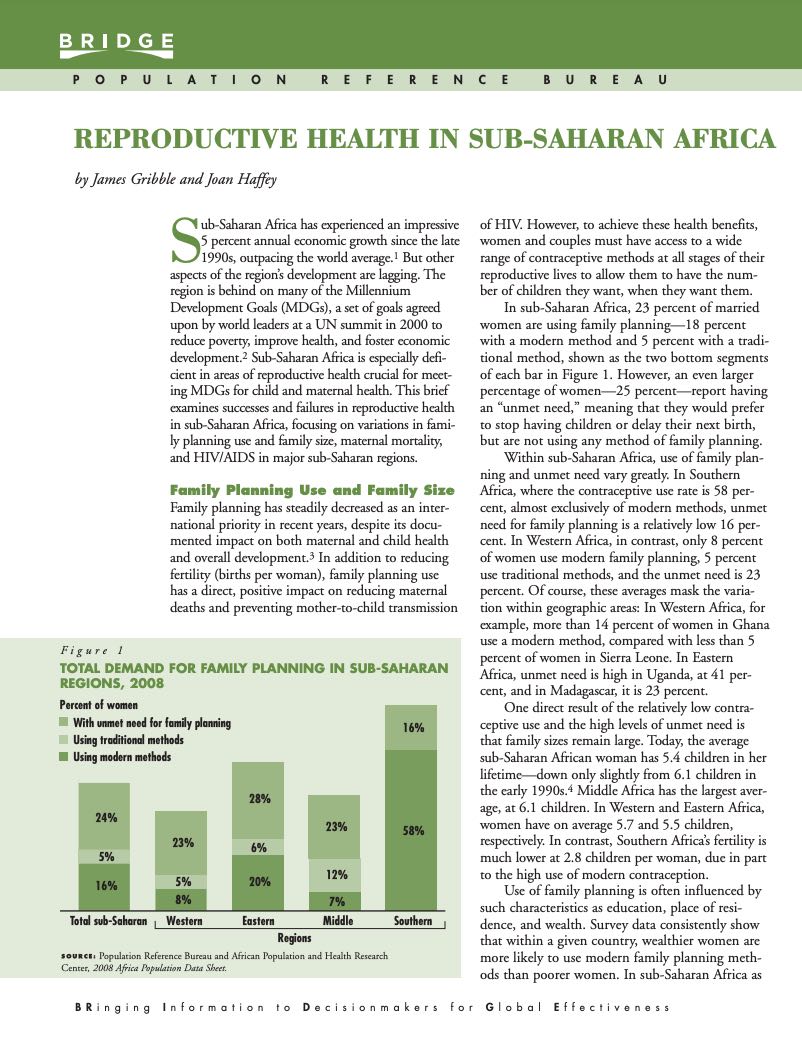Diverse Factors Linked to Maternal Deaths in Zambia
(2003) Poor access to health facilities and low-quality health care delivery may be among the reasons that Zambia is facing increasing levels of maternal deaths.
(2003) Poor access to health facilities and low-quality health care delivery may be among the reasons that Zambia is facing increasing levels of maternal deaths.
(2002) The past century witnessed a revolution in health care, yet millions of women still endure the risks of pregnancy and childbirth under conditions virtually unchanged over time. Maternal complications take a serious toll on women.
(December 2002) Despite major gains in child survival in the last 25 years, more than 10 million children around the world die each year before age 5, often from diseases and conditions that are preventable or easily treated.

(2011) Together, China and India account for 37 percent of the world’s population. Both countries have conducted censuses over the past year, and when they report their census results, figures such as the widely accepted world population total are at risk of changing.

What information does a census collect? The answer depends on when and where in time the census was taken.
(2010) Family planning empowers women and can save their lives. It can also help reduce poverty, slow population growth, and ease pressures on the environment.
(2001) Title VII of the Civil Rights Act of 1964 sought to reduce racial inequality by eliminating discrimination in the labor market.

Project: BRIDGE: Bringing Information to Decisionmakers for Global Effectiveness
(2008) Sub-Saharan Africa has experienced an impressive 5 percent annual economic growth since the late 1990s, outpacing the world average.
(2001) La désertification est particulièrement grave en Afrique. Les terres arides occupent les deux tiers du continent africain et les trois quarts des terres sèches qui sont utilisées à des fins agricoles ont déjà commencé à devenir moins productives. D'après la 2e Evaluation démographique des régions sèches du Programme des Nations Unies pour le développement, au total 45 % de la population africaine vit dans des régions de terres sèches qui sont prédisposées à la désertification.